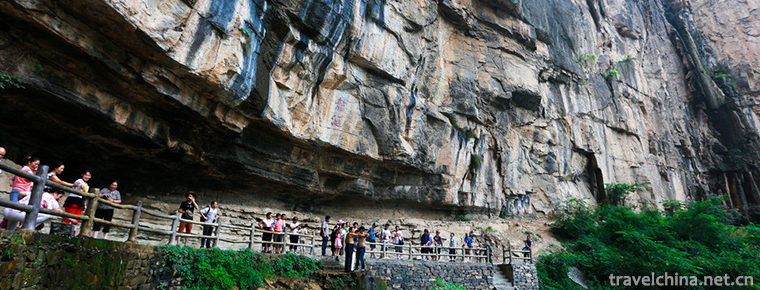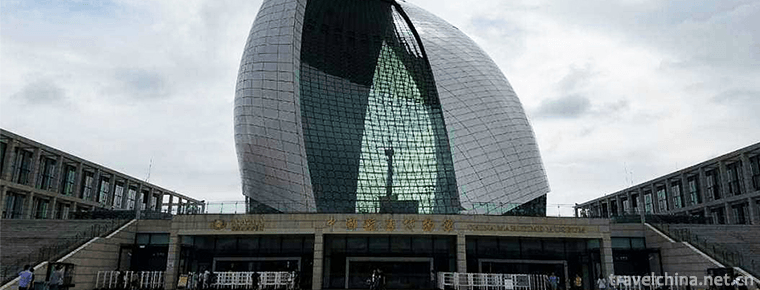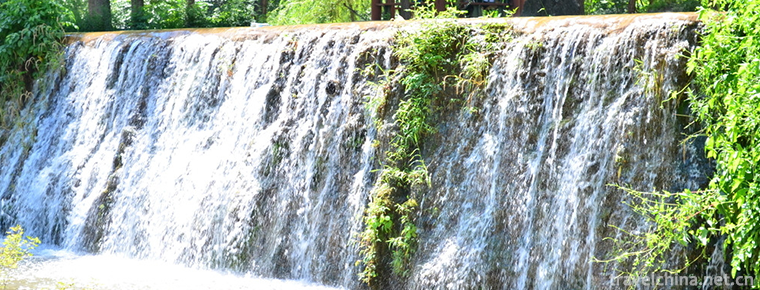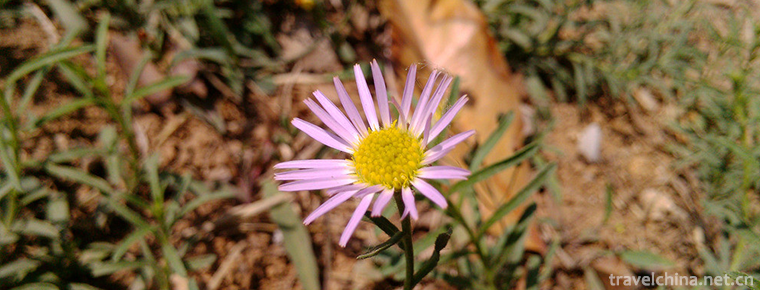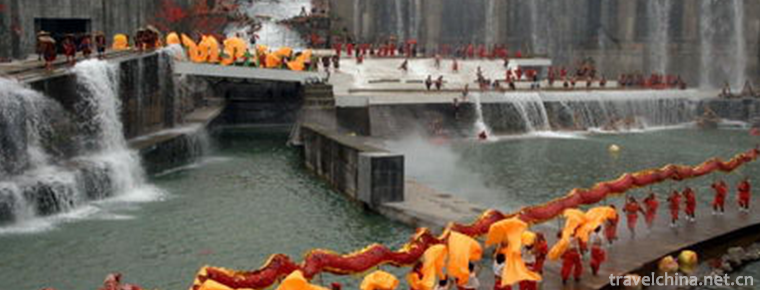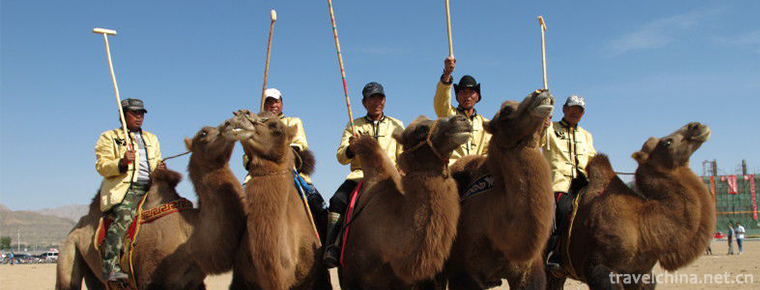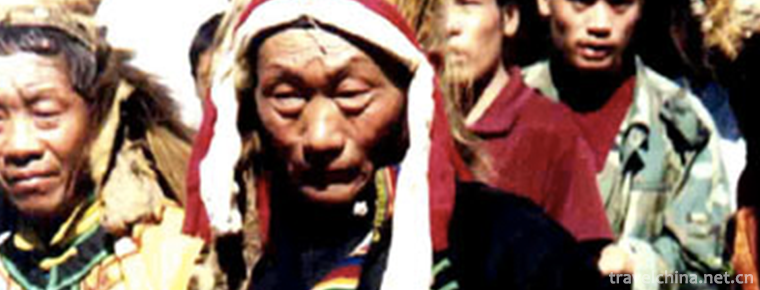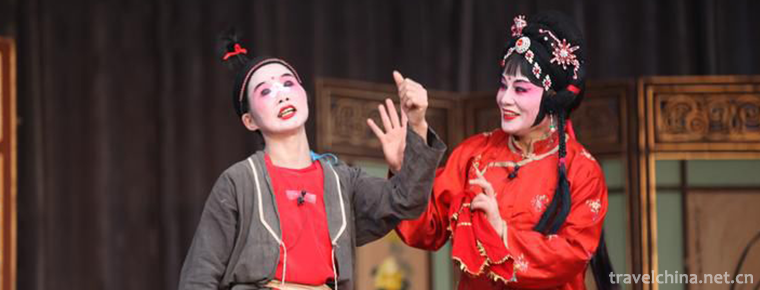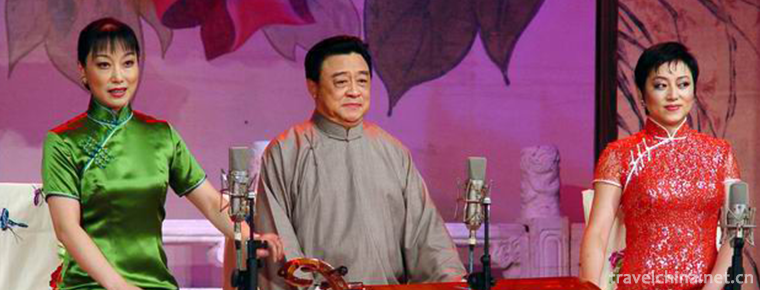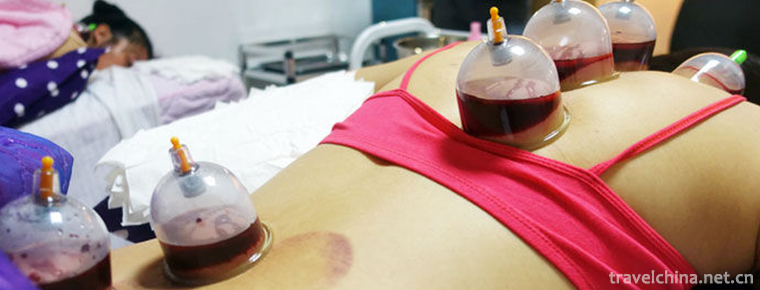Kazakh Karakol Leha
Kazakh Karakol Leha
Kazakh Kara Kolkha is a traditional dance of Kazakh nationality, which is spread in Yili, Xinjiang.
On May 23, 2011, Kazakh Karakol Kazakh was listed in the third batch of national intangible cultural heritage list with the approval of the State Council.
Legends of origin
Kalakolha is an ancient dance, about its origin, there is a legend in the Kazakh people: long ago, there was a Kazakh young man on the grassland, found a group of wild horses, he waved a rope to tie a very tough black wild horse. The young man went through all kinds of hardships and finally domesticated it into a good walking horse. When he returned home on a black horse, the villagers came to congratulate him on the news. The delighted young man danced and proudly and humorously simulated the whole process of capturing and domesticating the black horse with various movements. His vivid description and vivid performance made the villagers fascinated. Everyone listened to the young man's wonderful story and imitated his various movements of dancing and dancing. People immersed in joy danced and danced like this. Unconsciously, the people of the whole town jumped up with their own different dancing postures, imitating the action of the black horse. From then on, the Kazakh folk dance, which takes horse riding as the theme and expresses the vigorous posture of the steed galloping on the grassland, has spread.
Introduction to nouns
"Kazakh" is a Kazakh language, meaning "black walking horse". It was originally a simple body dance used by Kazakhs to imitate the walking, running and jumping postures of horses. It gradually evolved into a synonym of Kazakh folk dance. Performers often blend various movements with strong characteristics of labor and life into dance, making the dance content of "Kazakh" more abundant. Rich and diverse.
Style and characteristics
Karakol Leha: It is the most representative folk dance of the Kazakh people. Kazakh is Kazakh, meaning "black horse". The horse is an indispensable tool and partner in Kazakh life, and the "black walking horse" is the most important thing in the horse. It has a strong image, a bright black body, a steady and powerful walking pace, a graceful posture, and the sound of hoofs is like a clang drum. Riding on a black walking horse is like entering an artistic realm. People are dancing while horses are dancing. The male's movements imitate the walking, running, jumping and jumping postures of the black walking horse, and display a rugged, bold and bold style in a relaxed rhythm of the whole body. Women's movements are graceful, stretching, lively and implicit, such as showing the beauty and pride of the girl's "flower praise", peeping at the lover's "shy peep", looking forward and backward "skirt hanging flowers" and so on. These movements of men and women contain specific contents, which are integrated with the performer's inner feelings and humorous facial expressions, and can be freely developed according to the dancer's own level, constantly adding new contents and actions. Caracolla Leha is accompanied by music of the same name. This kind of music has a strong sense of rhythm, lively and lively, and its melody is like a steed galloping on the grassland. It is played by Dongbula, a traditional instrument of Kazakh nationality, and changes its rhythm according to the speed of dance.
Protection status
Since 1986, Kazakh Karakol Leha has been paid attention by professional groups, and its dance movements and music have been further improved. With the gradual implementation of the national policy for the protection of intangible cultural heritage, a project to excavate and protect the original ecological intangible cultural heritage is also in full swing throughout the state. Kazakh dance in Ili, which has a deep historical origin, cultural accumulation and broad mass base, has attracted the attention of the state, government departments at all levels and the public. "Black Walking Horse" was summoned from the quiet and remote mountains, and entered the vision of the broad audience, becoming a cultural wonder that integrates artistry and popularity.
On May 23, 2011, Kazakh Karakol Kazakh was listed in the third batch of national intangible cultural heritage list with the approval of the State Council.
Influence
In 2010, Karakol Leha entered the third batch of National Intangible Cultural Heritage Representative works. For a time, there was a rising "black-horse" fever in the urban and rural areas of Yili. Whether in the vast grassland with green grass, or in the plaza with laughter and laughter, or in the campus where the students seek knowledge and study, we can see the "black walking horse" dance posture which is light, vigorous, vigorous, graceful, stretching, lively and implicit. On August 30, 2009, 10,000 people danced together in Qinghe County, which set a world record of Guinness in Shanghai. In order to continue to carry forward Kazakh, a traditional fine folk art, and further strengthen the protection of intangible cultural heritage, Qinghe County decided to designate August 30 as the Kazakh "Kala Kok Leha Festival".
In order to carry out "student sunshine sports" extensively and ensure that students exercise for one hour every day, the education system of Xinyuan County takes Kara Korlaha as a highlight of school art education. During the big classes, students of all ethnic groups danced with the happy and smooth instrumental music and the bright melody of Kazakh. The huge lineup, magnificent momentum, exquisite dancing skills and graceful dancing postures make the rough, drastic, robust and bold style of the "black walking horse" vivid, vivid, incisive and shocking.
On January 26, the Autonomous Prefecture held a seminar in Calagorah. At the meeting, seven experts read out relevant papers, and the paper "Dance of History 2000" read by Asen Kumar of the Xinjiang Academy of Social Sciences aroused great repercussions. The old experts, such as Karimu Abdurehman, put forward their own views on the current situation and existing problems of Kazakh dance development, and appealed to everyone to excavate Kazakh folk dance represented by Kazakh Kolkha, absorb nutrients from the folk, create dances that accord with Kazakh people's aesthetic habits and life interests, and further enrich the dance vocabulary of Kazakh Kolkha. Music and lyrics.
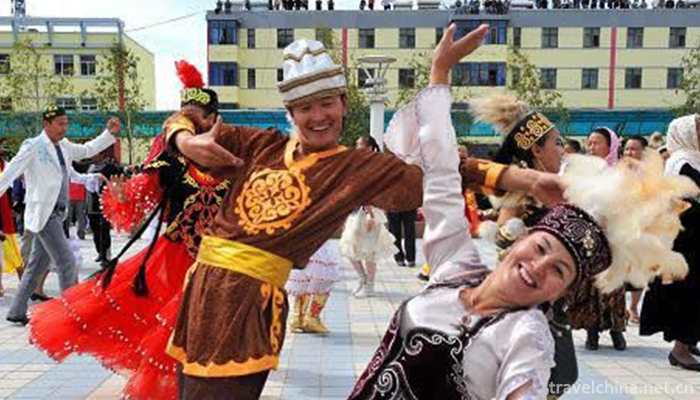
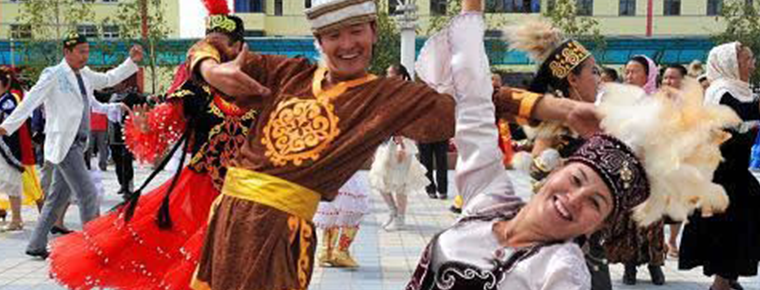
Kazakh Karakol Leha
-
The Wanxian Moutain
Wanxianshan Scenic Area is located in the hinterland of Taihang Mountain in the northwest of Huixian City, Henan Province. It belongs to Nantaihang Tourism Resort, Xinxiang
Views: 245 Time 2018-12-17 -
China Maritime Museum
China Navigation Museum, fully known as "Shanghai China Navigation Museum", is the first national navigational Museum approved by the State Council. It is co-constructed by the Ministry of T
Views: 153 Time 2018-12-22 -
Huhu Water Eco Scenic Spot
Located in the southwestern edge of Pingshan County, Hebei Province, the old revolutionary area, the Biaoshui Eco-Scenic Spot has a tourist area of 11.5 square kilometers, an altitude of 800-1100 mete
Views: 237 Time 2019-01-12 -
Hepeishan National Forest Park
Hepeishan National Forest Park is located in Zouping County, Binzhou City, Shandong Province, at the junction of Zouping County and Zhangqiu County. The total area of the park is 480 hectares
Views: 144 Time 2019-01-13 -
Dujiangyan Drainage Festival
The Qingming Drainage Festival is a traditional festival in Dujiangyan, Sichuan Province. Every year during the Qingming Dynasty, Dujiangyan City welcomes the annual Qingming Drainage
Views: 247 Time 2019-04-28 -
Firing Techniques of Liling Unglazed Colorful Porcelain
The firing technology of Liling Unglazed Five-color Porcelain, the local traditional firing technology of Liling Unglazed Five-color Porcelain in Hunan Province, is one of the national intangible cult
Views: 183 Time 2019-05-13 -
Mongolian camel raising custom
The Mongolian camel-raising custom has a long history. In the practice of production and life with a long history, camel has become the most loyal partner of mankind while making outstanding
Views: 100 Time 2019-06-04 -
Qiangge war
The Battle of the Qiang is the most famous one among the folk epics of the Qiang people. It describes the history of the ancestors of the Qiang people who had experienced hardships and hardships
Views: 197 Time 2019-06-10 -
Awakening Drama
Yongkang Xinggan Opera, also known as "Jianggan Opera", is a traditional opera that serves religion. Mainly to persuade people to reflect, guide people to rectify, mainly in sacrificial occa
Views: 368 Time 2019-07-08 -
Changsha Tanci
Changsha Tanci is a traditional opera in Hunan Province. It is popular in Changsha, Yiyang, Xiangtan, Zhuzhou and Liuyang of Hunan Xiangjiang River and Zishui River basin. Changsha Tanci derives from
Views: 281 Time 2019-07-25 -
Health preservation in traditional Chinese medicine
Health preservation in traditional Chinese medicine refers to a kind of medical activity that can prolong life by taking care of life, strengthening physique and preventing diseases in various ways. H
Views: 254 Time 2019-08-03 -
Suining first industry
In 2019, the total output value of agriculture, forestry, animal husbandry and fishery in Suining will reach 30.998 billion yuan, an increase of 3.4% over the previous year.
Views: 341 Time 2020-12-16
